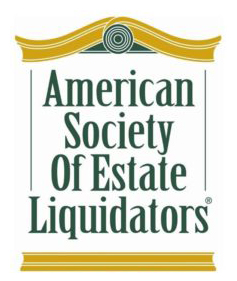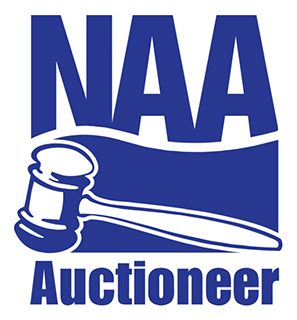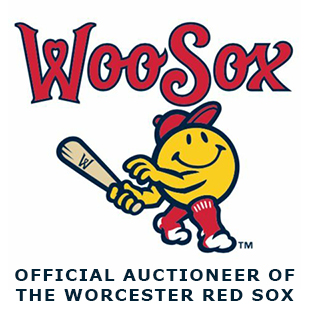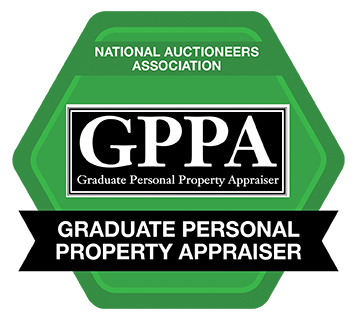We’ve reached number 4 as we count down to number 1 on our top 10 list of antiques and collectibles. Gold coins and jewelry – silver coins, flatware and hollow ware are the subject of this week’s column.
The price of gold has dropped since it reached nearly $1,900 an ounce in 2011. However, gold is currently still well over $1,100 as this goes to press. When I started my auction business in 2002 it was only selling in the $300 range. This means that the gold in all of the antique and vintage gold jewelry and gold coins that we sell is worth more than when the pieces were created.
Because we primarily handle antique and vintage gold coins and jewelry they are more valuable than the scrap/melt value. Older gold coins have numismatic value (value to coin collectors). For example, an 1857-D gold $1 coin sold at auction for nearly $9,000. Weighing less than 2 grams, the gold value isn’t a factor. The scarcity of coins produced by that mint make them highly desirable.
Depending on the source, estate jewelry is defined as pieces from a descendant estate to any previously owned jewelry. Older jewelry can be categorized as antique or vintage. Antique jewelry matches the U.S. Customs Service antique definition that an object is 100 years old or older. The definition of vintage varies but 20 or 25 years seems to be the point where jewelry can be called vintage. Gold purity is measured by karats. 24 karat gold is 100% pure. Because 24K isn’t mixed with other metals it is very soft and not very practical for jewelry. American jewelry is typically 18K, 14K and 10K. Higher purity gold is more valuable. Many buyers will pay a premium to own something unique instead of a contemporary mass produced piece. These pieces can command a price well above its melt value. A ring that might have scrap value in the low $100’s could be worth a figure in the $10,000’s because of the craftsmanship, gemstones and unique design.
U.S. dollar coins, half dollars, quarters and dimes from 1964 and before are made of 90% silver. Along with their silver value coins may have numismatic value. Many elements factor into the price. The age, condition and the mint where the coin was struck are important factors. The type of coin and the variation also need to be checked.
Silver is selling at well over $15 an ounce as I write this column. It has also increased considerably from when I started auctions in 2002. It was a little over $6 per ounce then. When looking at newer American Sterling it is almost always marked “Sterling” or “925” meaning that it is 92.5% pure silver. Old American and European silversmiths used hallmarks on the pieces they crafted and may not be marked Sterling. Reference books and the web have info that can help you identify the maker and when it was produced. Sterling by better quality makers and more desirable patterns sell well above scrap prices at auction.
There will be a live preview on August 29th and 30th in Ludlow for the online timed estate auction that closes on September 2nd. See www.centralmassauctions.com for this and other upcoming events currently being scheduled.
Contact us at: Wayne Tuiskula Auctioneer/Appraiser Central Mass Auctions for Antique Auctions, Estate Sales and Appraisal Services www.centralmassauctions.com (508-612- 6111), info@centralmassauctions.com





